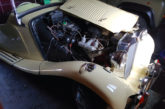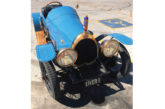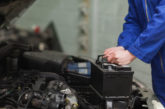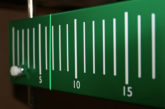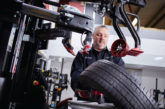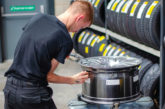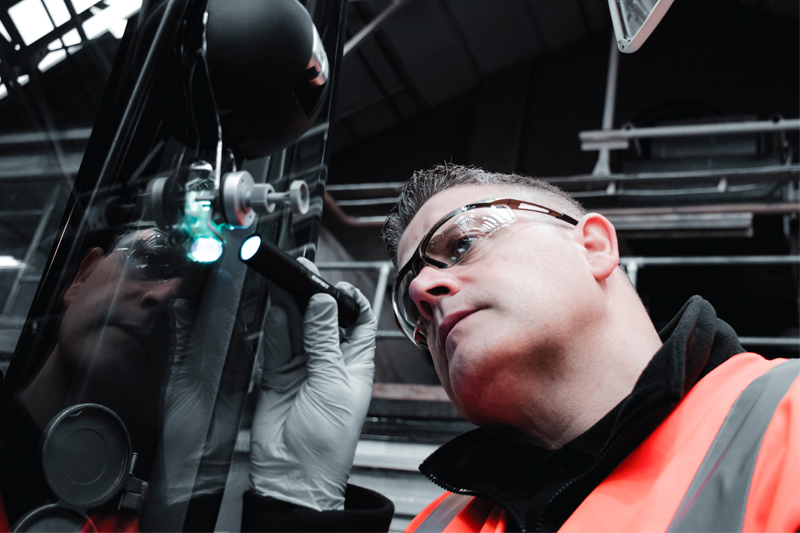
Victoria Evans, director at Esprit Windscreen Repair Equipment, argues the case for performance testing on windscreen repair kits.
If you’re carrying out windscreen repair at your garage, it’s likely that the two key issues you’re thinking about are cost and how to get a great result. Equally, you want a repair kit that gets you a great result every time, is simple to use and most importantly, allows you to carry out a repair that is safe for your customer. So, how do you choose which repair kit to go for? One answer to this is to go for the one which has been performance tested.
We have always championed performance testing of windscreen repair equipment, for a number of reasons. Firstly, customer satisfaction and safety. With a performance tested kit, you know that you can rely on the repair to perform in the same way as a new windscreen in an accident. Esprit recently received TUV accreditation, which involved putting our repairs through a rigorous set of tests to ensure that the screen would behave in the same way as a non-repaired screen (the ECE R43 test). The repaired screens have weights dropped on them and are pressure tested as well as being tested for clarity and visual inspection.
Repair don’t replace
It isn’t enough for the screen to look clear, performance testing ensures that the resin has penetrated deep into the break, and fully cured deep down, restoring strength to the screen as well as visual clarity. Some untested resins simply cure on the surface, leaving an initially clear repair, but in an accident, the screen may not be as strong. The screen can even suddenly crack when the car goes over a bump in the road, or a pothole. Additionally, over time, the repair can appear milky, giving a less than ideal result for the customer. In any of those situations, you’re left with an unhappy customer.
Our second key reason for supporting performance testing is that we believe it benefits the industry as a whole. If customers have their screen repaired and it then cracks after a short period, or the repair site becomes milky, or worse, fails in an accident, they will be less likely to trust windscreen repair in the future. When customers know that they can trust repair, they’re more likely to choose to repair rather than replace, which is great for the whole industry, and the environment. When insurance companies know that they can trust and rely on windscreen repair, they’re more likely to recommend it to their customers, ensuring that the industry is supported.
So how do you know if the kit you’re choosing is performance tested, and what are the standards that windscreen repair kits should adhere to?
Back in the 1990s, the British Standards Institute created the BS AU 251 testing regime which was a performance test of windscreen repair. Additionally, BS AU 242 was a set of guidelines to cover how repairers should be trained and should carry out repairs. So in the past, asking whether a kit had passed the British Standard was a great way to work out whether your kit had undergone performance testing. However, in 2020/21 BSI moved away from performance testing and now the only British Standard is a set of guidelines on repairs, training and record keeping. There is no performance test in the British Standard.
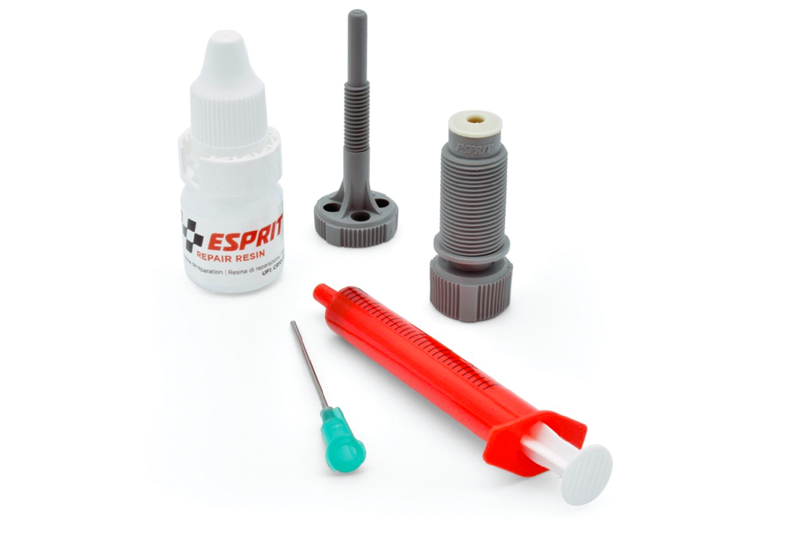
At Esprit, we are strong proponents of performance testing and have argued vociferously for it as part of the British Standard panel. We were very disappointed when BSI decided to move away from performance testing and we wanted our customers to know that they could trust that our products would do what we claimed. So we worked with TUV Rheinland, an independent testing body, to take the most rigorous tests from all over the world – the old BS AU 251, plus AFNOR in France, AS/NZ 2366.2 in Australia and New Zealand and ROLAGS in America, and combined them into one demanding set of tests. These tests are available for any windscreen repair kit to undertake, and we would hope that many manufacturers would undergo these tests to prove that their windscreen repair kit works under this painstaking regimen.
I’m a passionate defender of the performance test as being of key importance to the industry as a whole. Having a windscreen that performs as expected during driving or in an accident is vital to customers and I urge any repairers to request details of how the kit they wish to purchase has been performance tested.

